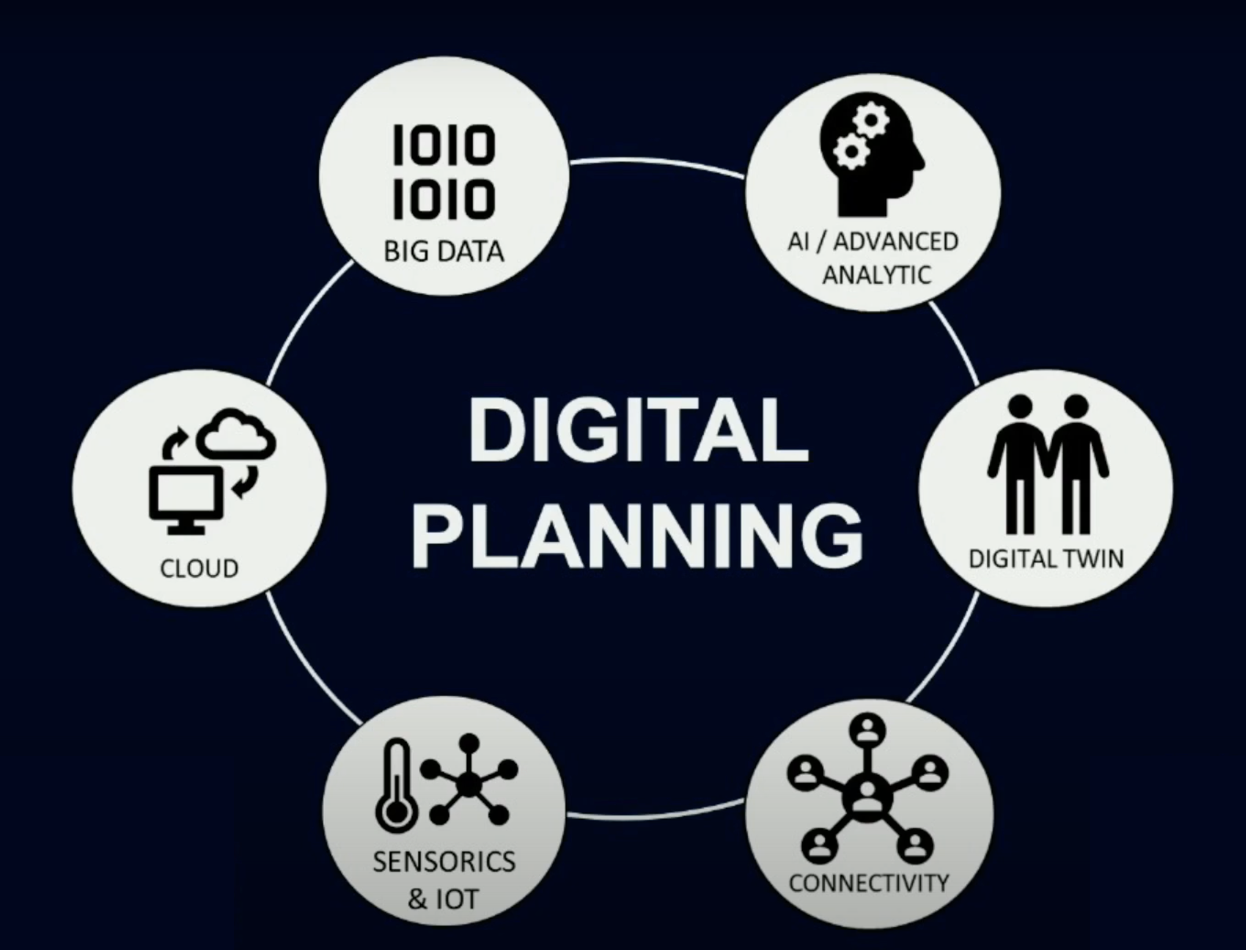Trend diner presentation: Digital planning, hype or trend?

Digital planning, hype or trend?
Is digital planning just another buzzword or is it truly a meaningful new concept? The traditional approach is to first design the planning processes and then look for the appropriate tooling. Nowadays, it’s the other way round; the technological advancements determine which processes and skills are required. In this pitch, Peter Tielemans explains (in Dutch, with English subtitles) why he has fully embraced digital planning.
English transcript:
"Last month I celebrated exactly 25 years as a supply chain consultant at Involvation. In those years, I’ve seen plenty of hypes come and go – including hypes that didn’t become trends at all, like RFID or CPFR. Consultants have rarely been the first to ‘debunk’ a hype. In fact, they’re usually the ones fanning the fire.
I’ve been focusing on supply chain planning for a long time. When reflecting on my work both as a consultant and as a lecturer, I feel that after 25 years we are now entering a new era of supply chain planning… a hugely interesting era: a digital era!
“But digitalization in supply chain planning is nothing new!” I hear you say. “If Excel or ERP don’t go far enough, we’ve been working with advanced planning systems since the 1990s, haven’t we? And using statistical forecasting methods for demand planning and heuristics for supply optimization... so isn’t digital planning just another buzzword?"
Now, anyone who knows me will agree that I’m very practically oriented and not a great fan of buzzwords. But even so, I have fully embraced the term ‘digital planning’. I believe that digitalization will radically change planning compared to how it has been for the past 25 years – and perhaps for the same reason that Gartner gives in its Supply Chain Planning Hype Cycle reports.
The traditional approach was to design the planning processes first and then add the tooling. Nowadays, it’s the other way around: technological advancements are leading the way, with the development of processes and skills following behind. As a supply chain manager thinking about ‘future-state’ planning processes, you can’t afford to ignore the impact of the major technological innovations relating to data, computing power and algorithms, among others. The choices you make about these aspects will strongly influence the design of your future planning processes and workforce skill development. Consider, for example, the following influences:
 Powerful cloud computing: What if the supply chain planning tool enables us to continuously work with scenarios – ones that are calculated in near-real time and don’t require endless nighttime or weekend batch processing? What will continuously working with demand scenarios – in which a bandwidth forecast replaces a point forecast – mean for the S&OP process and the evaluation of a demand plan?
Powerful cloud computing: What if the supply chain planning tool enables us to continuously work with scenarios – ones that are calculated in near-real time and don’t require endless nighttime or weekend batch processing? What will continuously working with demand scenarios – in which a bandwidth forecast replaces a point forecast – mean for the S&OP process and the evaluation of a demand plan? - Agility and resilience: What if the computing power allows us to become more demand-driven by adjusting the plan more frequently based on the very latest sales and inventory data?
- Working with a digital twin: What will be the consequences if planning-related master data such as lead times and capacities no longer needs to be maintained manually, but can instead be derived from transactional data and therefore becomes quasi-dynamic?
- AI and machine learning: What will this mean in demand sensing, for example, for planning daily and generating an order forecast? How will an order forecast measure up against the traditional forecasting methods based on time series analysis?
- Big data and data lakes: Will these finally deliver on the promise and allow point-of-sale data or customer usage data to be used instead of just sales orders? How will a multi-level planning method of this kind work effectively.
- Data lakes containing external data such as about the weather, demographic changes or economic developments, for example: How can these be integrated in combination with AI/ML to offer insight into the sales drivers leading to the forecast, rather than just providing the forecast as a figure?
So in a nutshell, these new technological opportunities will heavily influence the future design of the planning process, the planning organization and employees’ skills, and will therefore demand a lot of attention from supply chain managers.
Fortunately, organizations that face this challenge don’t have to figure everything out for themselves. The best way to increase your own knowledge is to learn from other organizations, and this can help you to set a clear direction for your own supply chain planning development roadmap. And that’s precisely what we contribute in our consulting projects, which we conduct completely independently of technology providers.
So what’s the best way for you to approach digital planning projects? Explore and learn from other organizations, develop your own blueprint and development roadmap, and put them into practice together.
This presentation was given earlier by Peter Tielemans at the Trend Diner Presentation of Supply Chain Media.
Digital planning: why all the sudden excitement?
“Digital planning reflects a much broader change within supply chain management,” says Peter Tielemans. To find out why, read his column about the changes in digital planning that lie ahead.


